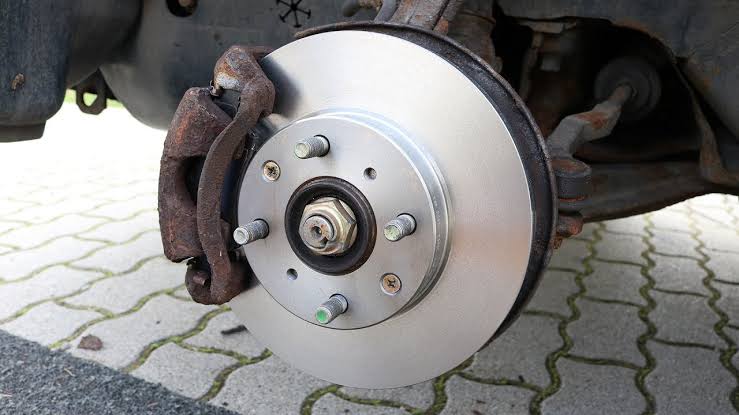The Honda Civic is renowned for its reliability, efficiency, and longevity. However, maintaining these qualities requires regular attention to its braking system. Brake pads and rotors are critical components that ensure your Civic stops efficiently and safely. In this blog, we’ll explore the importance of brake pads and rotors, signs that they need replacement, maintenance tips, and advice on choosing the right components for your Honda Civic.
Understanding Brake Pads and Rotors
Brake Pads: Brake pads are friction materials that press against the rotors to slow down or stop your vehicle. They come in various materials, including organic, semi-metallic, and ceramic, each offering different performance characteristics.
Rotors: Rotors, also known as brake discs, are the surfaces that brake pads clamp onto to create the friction necessary for stopping. Rotors are typically made from cast iron or composites and come in different styles, such as solid, vented, or drilled and slotted.
The Importance of Brake Pads and Rotors
Properly functioning brake pads and rotors are crucial for your Honda Civic’s safety and performance. Worn-out or damaged components can lead to:
- Reduced Stopping Power: Worn brake pads and rotors decrease your vehicle’s ability to stop quickly and effectively, increasing the risk of accidents.
- Increased Stopping Distance: As the friction material wears down, it takes longer for your vehicle to come to a complete stop.
- Damage to Other Components: Neglecting brake maintenance can lead to damage to other parts of the braking system, resulting in costly repairs.
Signs That Brake Pads and Rotors Need Replacement
- Squeaking or Squealing Noises: This is often the first sign that your brake pads are worn and need replacing.
- Grinding Sounds: If you hear a grinding noise, it indicates that the brake pads are worn down completely, and the metal is contacting the rotor.
- Vibrations or Pulsations: If you feel vibrations or pulsations in the brake pedal or steering wheel, it could be a sign of warped rotors.
- Longer Stopping Distances: If your Civic takes longer to stop than usual, it might be time to inspect your brake pads and rotors.
- Visual Inspection: Check for visible wear, grooves, or scoring on the rotors and the thickness of the brake pads.
Choosing the Right Brake Pads and Rotors
When selecting brake pads and rotors for your Honda Civic, consider the following factors:
- Driving Style: If you do a lot of city driving with frequent stops, consider brake pads with high durability and stopping power, such as ceramic or semi-metallic pads.
- Performance Needs: For high-performance driving, track days, or spirited driving, opt for performance brake pads and drilled or slotted rotors that offer better heat dissipation.
- Budget: While OEM (Original Equipment Manufacturer) parts ensure a perfect fit and performance, there are many high-quality aftermarket options available that can offer better performance or longevity at a competitive price.
Maintenance Tips for Brake Pads and Rotors
- Regular Inspections: Regularly inspect your brake pads and rotors for signs of wear and damage. Many experts recommend checking your brakes every 10,000 miles.
- Brake Fluid Check: Ensure your brake fluid is at the proper level and free of contaminants. Replace it according to the manufacturer’s recommendations.
- Smooth Driving: Avoid aggressive driving habits, such as sudden stops and high-speed braking, to prolong the life of your brake pads and rotors.
- Proper Bedding: When you install new brake pads, follow the manufacturer’s instructions for bedding them in. This process helps create an even layer of brake pad material on the rotor surface, improving performance and longevity.
Conclusion
Maintaining the brake pads and rotors on your Honda Civic is essential for safe driving and optimal vehicle performance. By understanding the importance of these components, recognizing signs of wear, and choosing the right parts for your driving needs, you can ensure your Civic remains reliable and safe on the road. Regular inspections and proper maintenance will keep your braking system in top condition, providing you with confidence and peace of mind on every journey.
Share this content:



